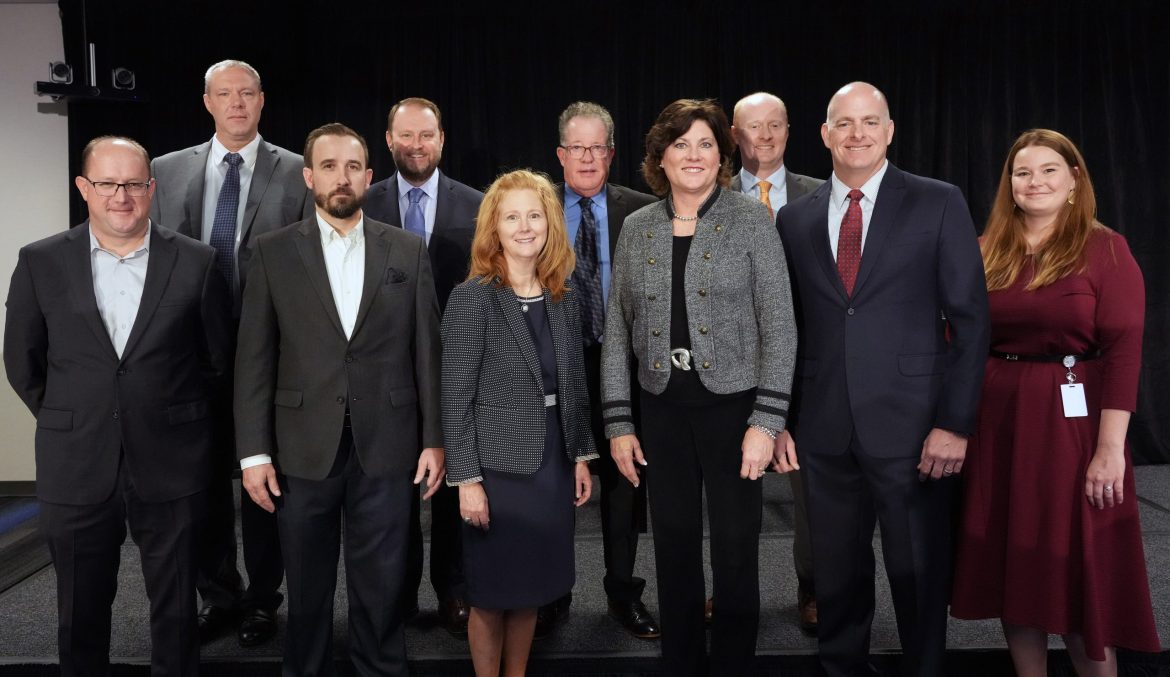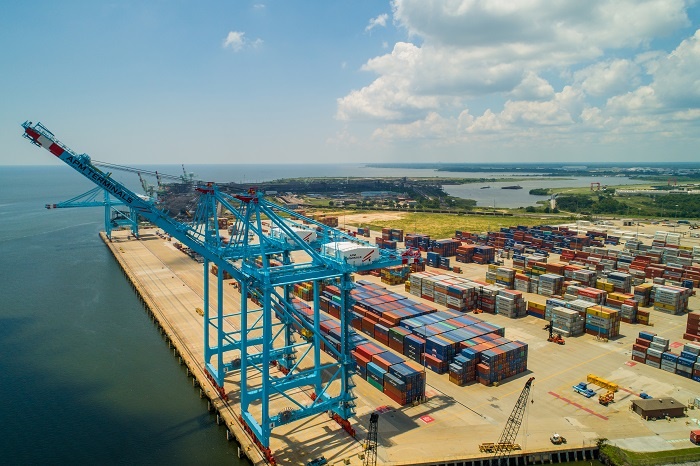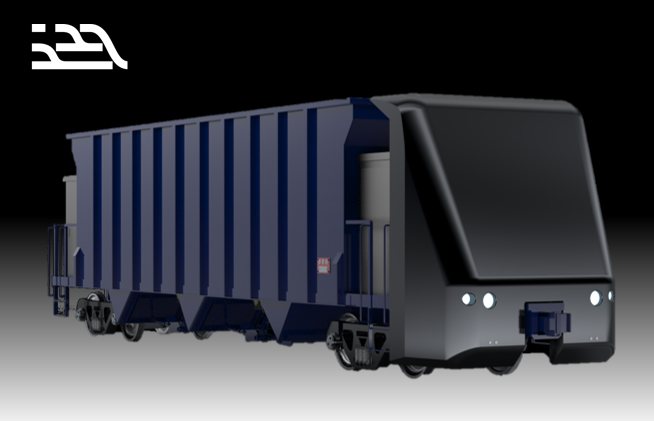
Directors from the five busiest airports in the St. Louis region recently revealed that billions of dollars in investments are being made at their respective airports, helping to strengthen St. Louis’ aviation presence. These investments include recently completed projects and those currently in the works. The five airports include St. Louis Lambert International Airport and Spirit of St. Louis Airport in eastern Missouri, and three southwestern Illinois airports — St. Louis Regional Airport, MidAmerica St. Louis Airport and St. Louis Downtown Airport.
St. Louis Lambert International Airport (STL) is the largest and busiest airport in Missouri, with 12 airlines collectively serving an estimated 15.9 million passengers annually. Southwest Airlines, which has seen significant growth in passenger traffic connecting through St. Louis, is one of the main airlines operating out of STL and offers the most daily flights. To help accommodate this growth, Director Rhonda Hamm-Niebruegge says that the airport is currently working with the airlines to negotiate agreements to help fund a new $2.8 billion consolidated terminal complex to replace the two separate terminals currently in operation. Plans call for a 62-gate, single terminal concourse with a united checkpoint once passengers pass through the ticketing area. The expanded terminal would also feature a dual-sided concourse, which is significant.
“A decade ago, Southwest had 10 or 15 percent of their traffic connecting through STL,” said Hamm-Niebruegge. “This year, we’ll see 34 or 35 percent of their traffic connecting here, and in October it was at an all-time high of 38 percent. That connecting traffic today is really starting to butt up against our growth opportunities because of the single-sided concourse in Terminal 2. So, thinking about the future and potential growth with Southwest, as well as our other partners, the consolidated terminal complex with dual sides is really the way to go.”
Project plans also call for a newly constructed roadway to reduce traffic congestion accessing the airport and a new parking garage to replace the one at Terminal 1. This will increase capacity from 2,000 to 7,800 spaces. The airport is working on an agreement for architectural design and is aiming for that to be underway in 2024. In the meantime, it has approved $335 million for projects being undertaken now in preparation for the new terminal. Those include work to move the airport’s airfield maintenance facility; build a new central utility plan, an Ameren substation and west de-icing pad; tear down the Missouri National Guard building; and get an executive program management team on board.
Spirit of St. Louis Airport (SUS), located in Chesterfield, Mo., also has various investments planned to support continued growth. SUS is the busiest business aviation airport in the Federal Aviation Administration (FAA) Central Region, which includes Missouri, Iowa, Kansas, and Nebraska. It consistently ranks second or third for flight traffic, alternating with Kansas City after St. Louis Lambert International Airport. SUS posts 155,000 operations per year, which equals about 445 flights a day.
“We’re one of only five ports of entry in Missouri,” said John Bales, Director of Spirit of St. Louis Airport. “While we don’t have nearly as many seats or people to clear, we do have 330 international arrivals per year.”
According to Bales, the airport is looking at $200 million in planned projects over the next five to 10 years, including both private and public investment. Among those projects, the airport will be redoing the main runway, and on the private sector side, it has a major operator looking to expand a 45,000 square foot hangar, a yet to be named major corporation that is going to lease land, and a major T-hangar complex going in.
St. Louis Regional Airport (ALN) supports more than 1,500 jobs with an annual economic impact of $480 million. Located in East Alton, Ill. – approximately 30 minutes northeast of downtown St. Louis – It is home to the growing operations of West Star Aviation, a one-stop shop for aircraft maintenance, repair and overhaul company that is set to add an additional 100 jobs at ALN. The airport also has more than 100 privately owned aircraft hangars and features two runways capable of supporting a variety of aircraft.
Director Daniel Adams is currently overseeing a series of investments at the airport, including rehabilitation of one of the runways, which was completed this summer; a public parking lot and fuel facility projects, which are both in the works; and a new private hangar. These investments are part of the ALN’s plans to support West Star Aviation’s continued growth.
“We are trying to keep up with West Star Aviation,” Adams said. “They’re very aggressive and progressive in their timelines, and we are moving forward with these investments to support their needs.”
MidAmerica St. Louis Airport (BLV), located in Mascoutah, Ill., operates under a joint use agreement with Scott Air Force Base. Collectively, they have a combined economic impact of $3.1 billion and support more than 23,400 jobs. Designated as a primary non-hub airport, BLV is the sixth busiest airport in Illinois. Allegiant Airlines operates out of the airport, serving 11 destinations that are primarily in the southeastern United States and, according to Airport Director Darren James, the airport is working to enhance its role in the leisure market by making investments that can attract other ultra-low-cost carriers.
“The big news for us is that we opened a 42,000-square-foot expansion to our terminal in June,” James said. “The focus is to both enhance capacity and the customer experience.”
The expansion nearly doubled the size of the terminal and includes larger TSA checkpoints on the first floor, an expanded departure lounge with additional concessions space, new animal relief area, new family restrooms, accessibility improvements, two additional boarding bridges and improvements to existing boarding bridges, a new storm shelter, security enhancements, water bottle filling station and baggage handling system improvements. The pre-existing terminal is also getting an overhaul. Another project in the works is a 15,000-square-yard apron expansion to add three parking spots for aircraft, while enhancing safety for ground support personnel. Looking to the future, the airport is also interested in expanding into air carrier international service. Doing this would require BLV to have a federal inspection station, something it is looking at as a fourth phase of its terminal expansion project.
One of BLV’s major airport tenants is Boeing, which will complete construction of its final assembly facility for the MQ-25 at BLV in 2024. BLV recently completed construction of the $38 million Taxiway Lima project to connect the Boeing facility to the airport’s runway.
St. Louis Downtown Airport (KCPS) is located in Cahokia Heights and the Village of Sauget in St. Clair County, Ill., where it has enviable proximity to Downtown St. Louis and serves as the region’s front door for business aviation. In the most recent report (2019) from the Illinois Department of Transportation (IDOT), the economic impact of KCPS was $422 million, with 1,500 employees. Director Sandra Shore believes it has increased significantly since then. She said every airport tenant is looking to expand services at the airport or looking for a place to expand those services.
The airport has been investing in its own infrastructure improvements to help support that growth. A key example is the recently completed $5.4 million Ground Engine Run Up and Compass Calibration Pad, which supports the maintenance, repair and overhaul services provided by airport tenants, as well as their completion services. Gulfstream Aerospace Corp., the airport’s largest tenant, considers the new facility to be “invaluable” for it and its customers.
Shore said the airport is also continuing to see record numbers in fuel sales and operations. “It’s not always easy to track, but when you ask around, the answer we get from our tenants is business is back in St. Louis, which is an incredibly good thing to hear,” said Shore. “We’re looking forward to continuing to grow in that area.”
The five airport directors recently sat down with industry experts from four of the St. Louis area’s most significant aerospace manufacturing and service companies to discuss these and other investments, as well as the significance of the bi-state area’s aerospace and aviation industries, and the tremendous job opportunities in this vibrant sector of the region’s economy. They also talked about efforts underway regionwide to help grow the pipeline of potential workers to keep up with the growth. The discussion took place Nov. 8, during the second annual Take Flight Forum, hosted by Bi-State Development Agency and the St. Louis Regional Freightway. During the forum, it was revealed that $5 billion in investments are being poured into the St. Louis region’s aerospace manufacturing and aviation ecosystem, creating more than 1,000 new jobs.
To view a video of the discussion with the airport directors, click here.





